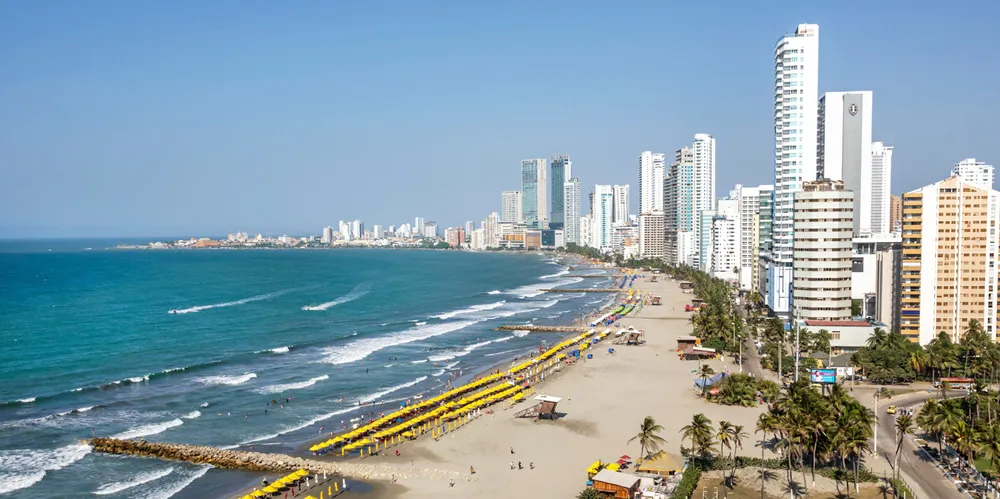Colombia scopes out flagship offshore wind lease auction with load-centre led maritime plan
Resolution issued ahead of leftist President Gustavo Petro taking office details first allocation round off Atlántico and Bolivar departments as well as off Caribbean coast's Barranquilla and Cartagena

Colombia’s outgoing government before has issued an offshore wind resolution that sets out the competitive process for the country’s first ‘temporary occupation permits’, a type of lease auction for maritime zones, framing possible future development of the South American play.
While the best areas for offshore wind are in the extremely windy eastern regions of Guajira and Magdalena, the former government didn’t consider those for a first allocation around, due to serious transmission bottlenecks.
It opted instead for the Atlántico and Bolivar departments further west, but also on the Caribbean coast, which “are in the vicinity of Barranquilla and Cartagena, meaning that onshore transmission will be less of an issue than for projects in La Guajira”, Leybourne noted.
Both Barranquilla and the historic and resort city of Cartagena are also major load-centres.
Leybourne noted, however, that the resolution passed last week only covers a process similar to a lease auction, but “does not cover the issue of cost of power and off-takers/purchasers, and the competitive process described by it is not a process for procuring power”.
The developer earlier this year has been granted pre-feasibility status for the project, and secured a 200MW grid connection from transmission system operator UPME.